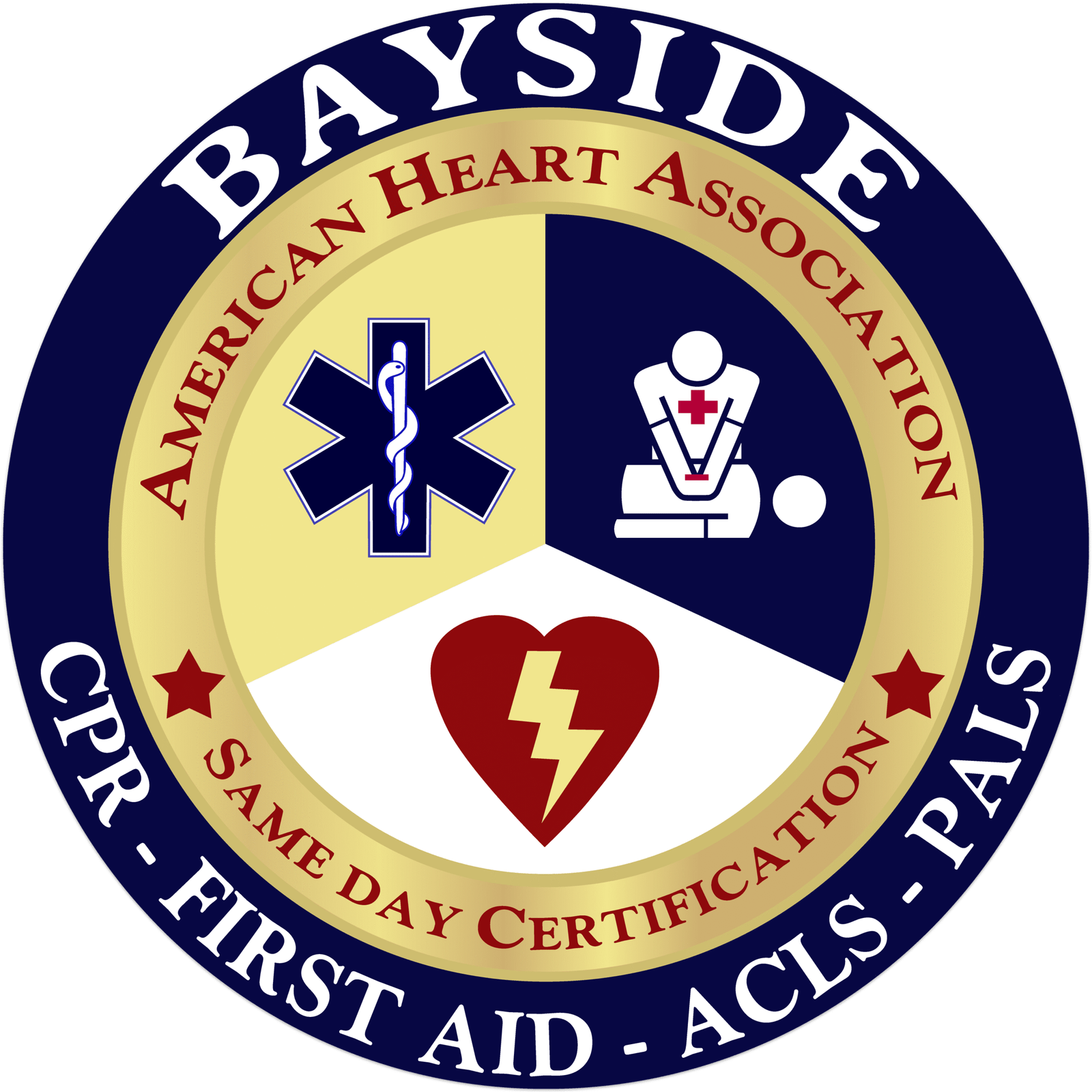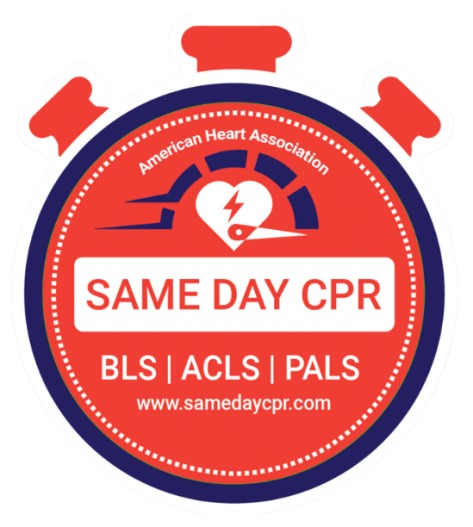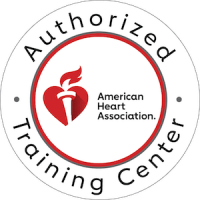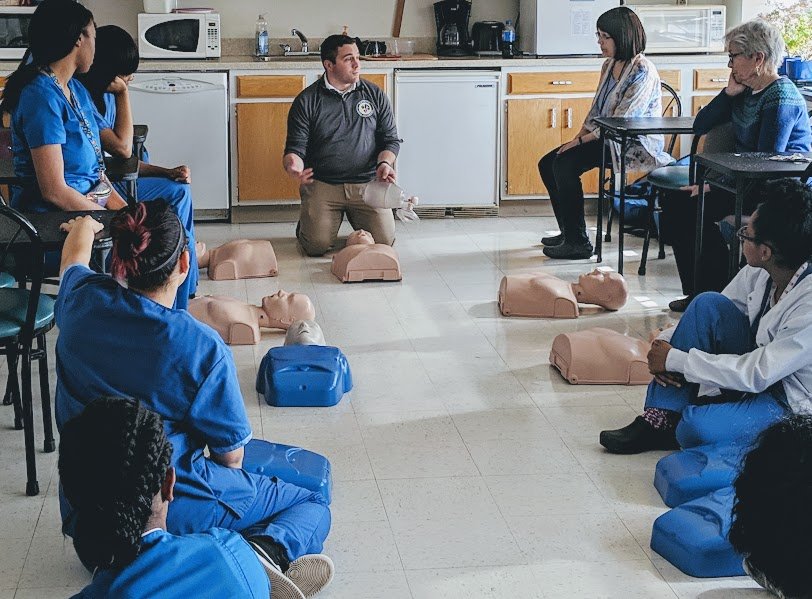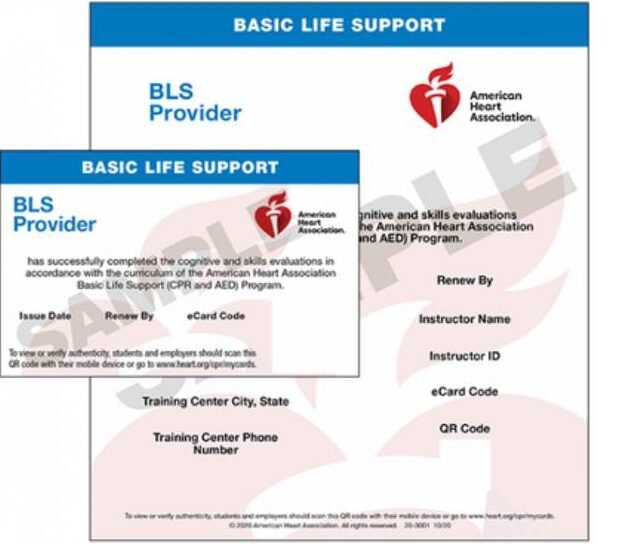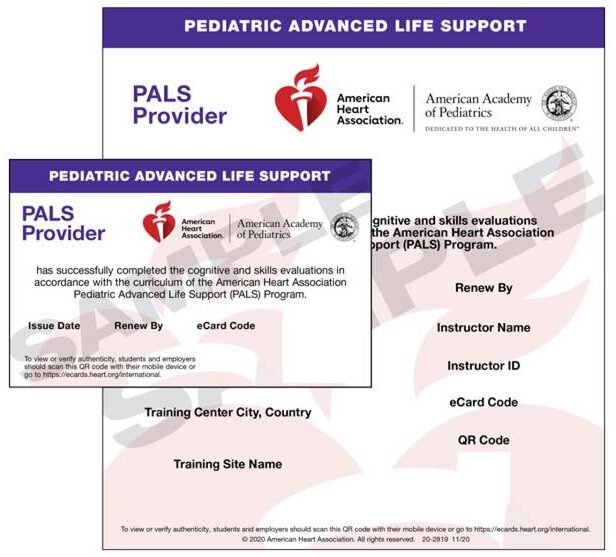When a person suddenly collapses and stops breathing, it’s a medical emergency called cardiac arrest. In such cases, using an AED (Automated External Defibrillator) can help restart the heart. But what happens if the person in cardiac arrest is pregnant? Many people hesitate, worrying that an AED might harm the baby.
The truth is that using an AED on a pregnant woman is safe and necessary. In fact, it gives both the mother and the baby a better chance of survival. This article explains when and how to use an AED on a pregnant woman, why it’s important, and what steps to take while waiting for medical help.
Why AED Use Is Important During Cardiac Arrest?
Cardiac arrest stops the heart from pumping blood to the brain and vital organs. Without quick help, the lack of oxygen can cause permanent damage or death within minutes.
An AED works by analyzing the heart’s rhythm and, if needed, delivering an electric shock to restore a normal heartbeat. AEDs are designed for use by anyone, you don’t have to be a medical professional. The device gives clear voice instructions, guiding you step by step.
When a pregnant woman experiences cardiac arrest, the situation is even more critical. Both her life and her baby’s life depend on restoring her heartbeat as soon as possible. Using the AED correctly gives both a chance to recover.
Is It Safe to Use an AED on a Pregnant Woman?
Yes, it’s safe and it’s recommended. Major health organizations, including the American Heart Association, state that pregnancy should not prevent AED use.
Here’s why it’s safe:
- The electric current is localized. The AED pads are placed on the chest, and the current travels across the heart. It doesn’t go directly to the uterus or the baby.
- No evidence of fetal harm. Studies and clinical reports show no harm to the fetus when defibrillation is performed correctly.
- Delaying defibrillation is more dangerous. If the mother’s heart isn’t restarted, oxygen cannot reach her body or the baby. Using the AED gives both lives the best chance of survival.
In short, the shock from an AED will not harm the baby, but failing to use one could be fatal for both.
How to Use an AED on a Pregnant Woman: Step-by-Step
If you see a pregnant woman who is unresponsive or not breathing, here’s what you should do:
1. Check for Response and Breathing
- Tap her shoulder and ask loudly, “Are you okay?”
- Look for normal breathing or movement.
- If she isn’t responding or breathing normally, call for help immediately.
2. Call Emergency Services
- Dial emergency number.
- Tell the dispatcher that the patient is pregnant and in cardiac arrest.
- Ask someone nearby to bring an AED if one is available.
3. Begin CPR Right Away
Start chest compressions immediately.
- Place the heel of one hand on the center of her chest, between the nipples.
- Place your other hand on top and lock your fingers.
- Push hard and fast about 2 inches deep at a rate of 100 to 120 compressions per minute.
- Let the chest rise completely between pushes.
- If trained, give 2 rescue breaths after every 30 compressions. If not, continue with hands-only CPR.
Don’t worry about harming the baby, effective CPR is the best way to keep oxygen flowing to both.
4. Turn On the AED
When the AED arrives:
- Open the case and turn it on. The device will give you voice or visual prompts.
- Expose the woman’s chest and make sure it’s dry.
- Attach the pads: one on the upper right side of her chest and the other on the lower left side.
- The AED will analyze the heart rhythm automatically.
If the AED says “shock advised,” make sure no one is touching her, and press the shock button when instructed.
If the AED says “no shock advised,” continue CPR until help arrives or the AED gives further instructions.
5. Continue Care Until Help Arrives
After delivering the shock (if needed), resume CPR immediately. Keep following the AED prompts.
Do not stop unless:
- The woman starts breathing or moving.
- Emergency responders take over.
- You are too exhausted to continue.
Positioning Considerations for Pregnant Women
In late pregnancy, the uterus can press on a major vein (the inferior vena cava), reducing blood flow to the heart. This can make CPR less effective.
To help circulation:
- If possible, gently tilt the woman’s body to the left side about 15 to 30 degrees by placing a rolled towel or small object under her right hip.
- This tilt helps relieve pressure on the vein and improves blood return to the heart.
However, do not delay CPR or AED use to adjust positioning. The priority is to start compressions and defibrillation quickly.
What to Do If She Regains Consciousness
If the woman regains consciousness or starts breathing normally:
- Place her in the recovery position on her left side.
- This helps maintain blood flow and prevents the uterus from pressing on major veins.
- Monitor her breathing and comfort until emergency medical help arrives.
- Even if she seems fine, she needs to go to the hospital immediately for further evaluation.
Common Myths and Misunderstandings
Many people hesitate to use an AED on a pregnant woman because of fear or misinformation. Let’s clear up a few myths.
Myth 1: The shock will harm the baby.
Truth: The electrical current is delivered across the chest and does not travel through the uterus. Studies show it’s safe when used correctly.
Myth 2: CPR or chest compressions might injure the baby.
Truth: Proper chest compressions are essential. They help keep oxygen moving through the mother’s body, which helps the baby too.
Myth 3: You should wait for paramedics to use the AED.
Truth: AEDs are made for anyone to use. They have clear voice instructions and will not deliver a shock unless it’s needed. Acting right away can save lives.
Myth 4: You need to place AED pads differently on a pregnant woman.
Truth: No special pad placement is needed. Place them the same way as you would on any adult — one pad on the upper right chest and one on the lower left side.
The Role of Emergency Responders
Once emergency medical professionals arrive, they will:
- Continue advanced resuscitation efforts.
- Monitor both the mother and the fetus.
- Consider specialized procedures, such as emergency delivery if it’s medically required and the pregnancy is far along.
But the most important part of survival happens before they arrive — when bystanders start CPR and use an AED right away.
Why Training Helps
While AEDs are designed for anyone, taking a CPR and AED certification course builds confidence. Training helps you:
- Learn how to respond calmly in an emergency.
- Understand correct hand placement and compression depth.
- Practice with real AED trainers.
- Recognize when to use the AED and how to work with others at the scene.
Many organizations and workplaces offer CPR and AED training for staff, parents, caregivers, and students. Learning these skills means you can act quickly and confidently when it truly matters.
Final Thoughts
You can and should use an AED on a pregnant woman who is in cardiac arrest. The device is safe, effective, and crucial for saving both the mother and baby. Delaying use or hesitating to start CPR can greatly reduce their chance of survival.
